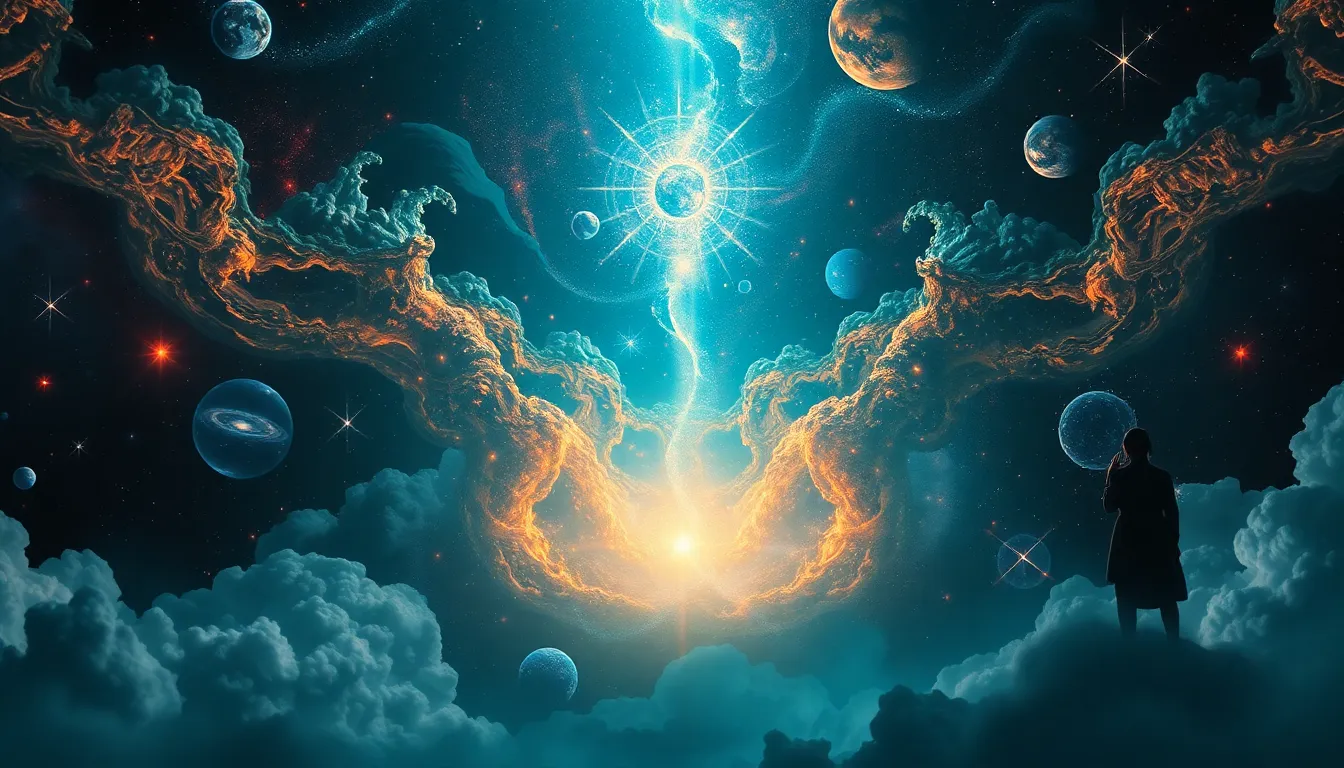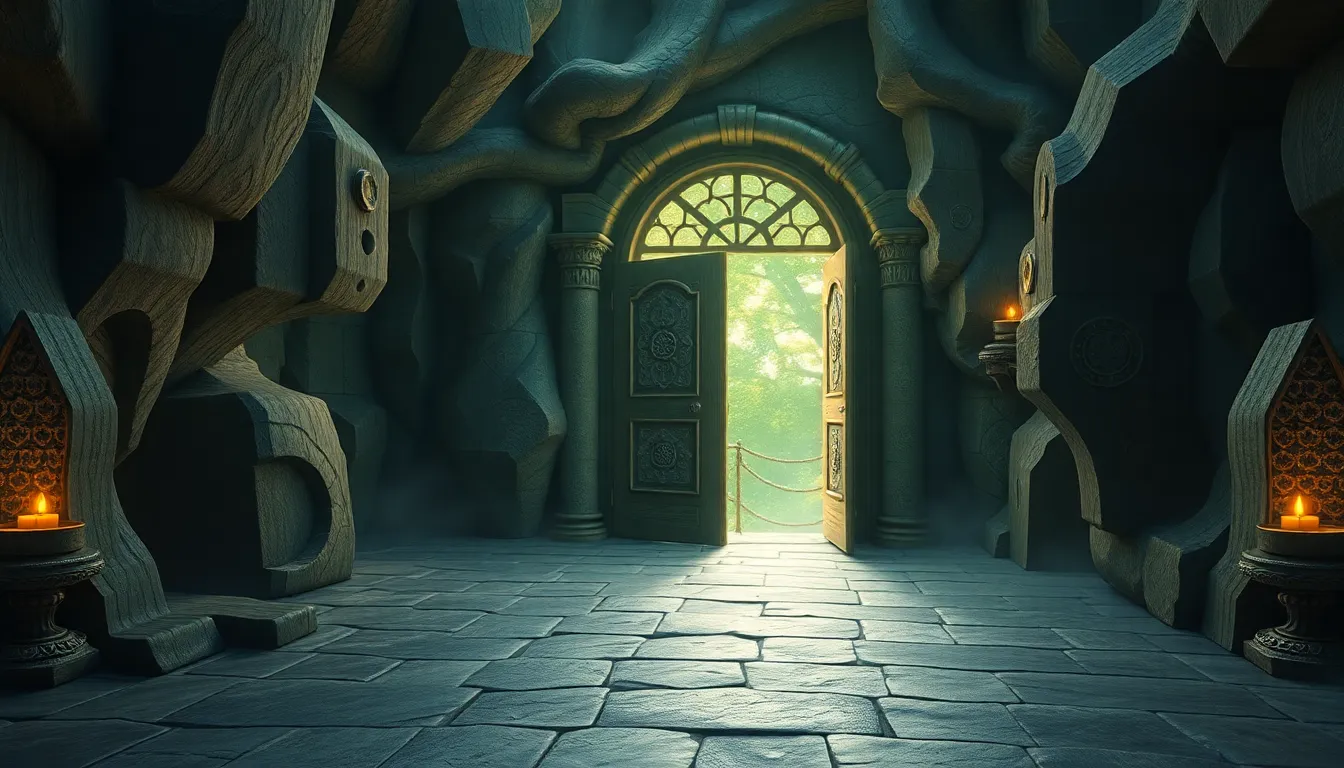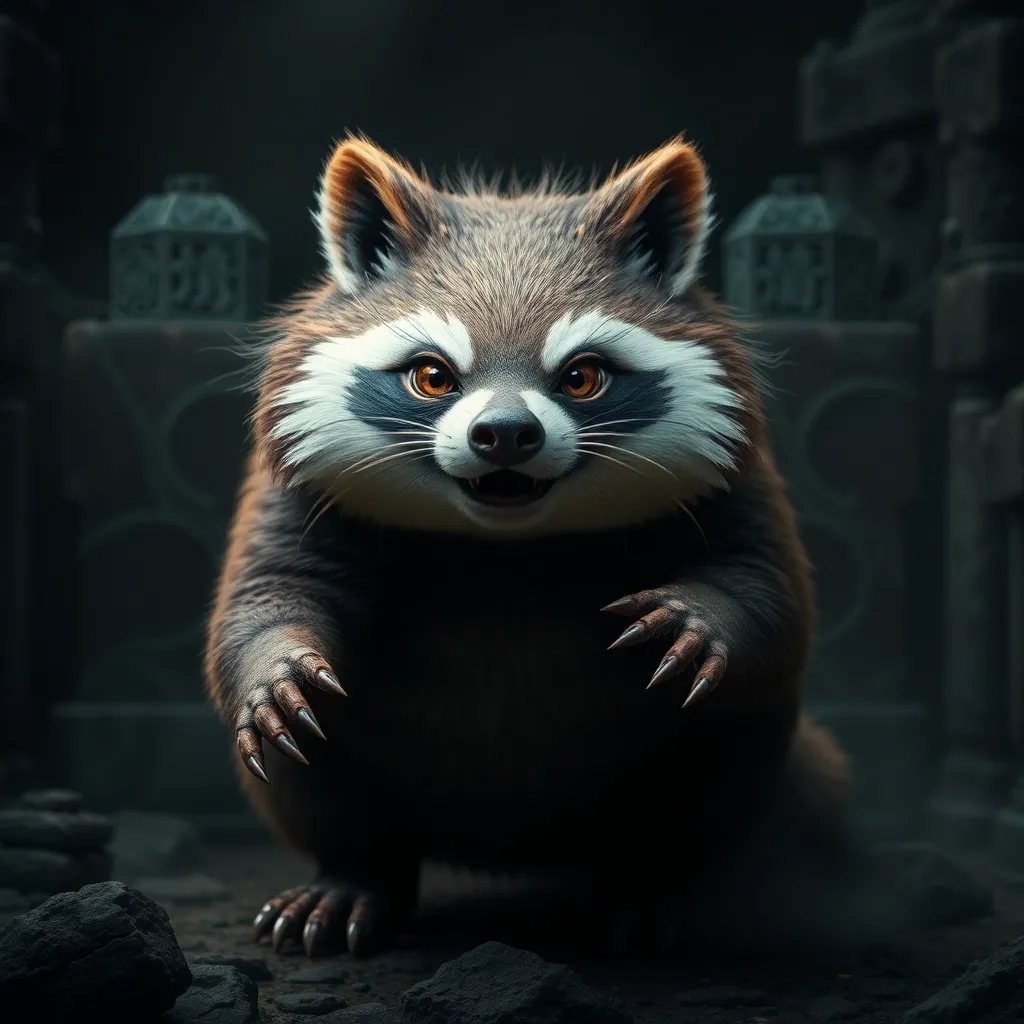The Birth of the Universe: Creation Myths That Dazzle
Introduction: The Fascination with Origin Stories
Creation myths have captivated humanity for centuries, serving as a bridge between the known and the unknown, the tangible and the mystical. Across cultures, these narratives provide insight into how different societies understand the origins of the universe and their place within it. The universal quest to comprehend existence, the cosmos, and the beginnings of life has led to a rich tapestry of stories that reflect the diversity and creativity of human thought.
Understanding Creation Myths: Definitions and Functions
So, what exactly are creation myths? At their core, these stories explain how the world and everything in it came into being. They often feature deities, cosmic events, and symbolic elements that illustrate the values and beliefs of the cultures they originate from. Creation myths serve several critical functions, including:
- Providing a framework for understanding the universe.
- Establishing cultural identity and shared values.
- Offering moral guidance and a sense of purpose.
The Big Bang Theory: The Scientific Perspective on Creation
In contrast to traditional creation myths, the Big Bang Theory presents a scientific narrative of the universe’s origin. According to this theory, approximately 13.8 billion years ago, the universe began as an infinitely dense point that expanded, leading to the formation of galaxies, stars, and planets. This scientific perspective has revolutionized our understanding of cosmic history and has influenced various cultural and mythological narratives by providing a framework that challenges and complements ancient stories.
Cosmic Eggs and Celestial Beings: Myths from Around the World
Many creation myths feature the motif of the cosmic egg, symbolizing potential and the universe’s primordial state. For instance, in Hindu mythology, the cosmos is said to have originated from the golden egg, or “Hiranyagarbha,” which contained the essence of all creation. Similarly, Chinese mythology describes the universe emerging from a cosmic egg, from which the god Pangu arose to shape the world.
The symbolism of the egg in various cultures often represents:
- Birth and renewal.
- Unity and wholeness.
- The balance of opposites (yin and yang in Chinese culture).
The Role of Deities in Creation: A Comparative Analysis
Creation myths often feature powerful deities who shape the universe through their will or actions. In the Babylonian “Enuma Elish,” the god Marduk defeats the chaos monster Tiamat, creating the world from her body. Similarly, in the Judeo-Christian Genesis, God speaks the universe into existence, demonstrating divine authority and creativity. The characteristics and roles of these deities highlight various aspects of creation:
- Chaos versus order.
- Divine intervention versus natural processes.
- The relationship between humanity and the divine.
Creation Through Chaos: The Concept of Cosmic Order Emerging from Disorder
Many creation myths depict the universe emerging from chaos, illustrating a struggle between order and disorder. For example, in Greek mythology, the primordial state of Chaos gives birth to the first beings, including Gaia (Earth) and Uranus (Sky). Their interactions lead to the structured cosmos we recognize today. This theme raises intriguing philosophical implications, suggesting that:
- Creation is often born from conflict.
- Chaos can be a necessary precursor to order.
- Understanding and embracing chaos can lead to growth and transformation.
The Importance of Nature and Elements in Creation Myths
Creation myths frequently emphasize the significance of natural elements—earth, water, fire, and air—in shaping the universe. For instance, in many Indigenous cultures, the Earth is revered as a living entity that provides sustenance and shelter. Water is often seen as a source of life and purification, while fire symbolizes transformation and renewal. The relationship between humanity and nature in these myths underscores:
- The interconnectedness of all living beings.
- Respect for the environment and its resources.
- The idea that humanity is a part of the natural world, not separate from it.
The Evolution of Creation Myths: From Oral Traditions to Written Texts
The transition of creation myths from oral storytelling to written texts marks a significant evolution in how these narratives are preserved and shared. Oral traditions allowed for adaptations and variations over time, while written records solidified specific versions of myths. Cultural exchange, through trade, conquest, and migration, has further influenced the evolution of these narratives, leading to:
- Hybrid myths that incorporate elements from different cultures.
- The adaptation of ancient stories to reflect contemporary values.
- Preservation of myths for future generations.
Modern Interpretations and Adaptations of Creation Myths
In contemporary society, creation myths continue to inspire literature, film, and art. Modern interpretations often reinterpret traditional narratives, exploring themes of identity, environmentalism, and spirituality. Works like “The Alchemist” by Paulo Coelho reflect elements of mythological storytelling, while films like “Interstellar” delve into the scientific aspects of creation and the universe’s mysteries.
The relevance of these myths in today’s society lies in their ability to:
- Encourage introspection and personal growth.
- Foster a sense of connection to ancient wisdom.
- Provide a framework for understanding modern existential questions.
Conclusion: The Enduring Legacy of Creation Myths
Creation myths hold a profound significance in our understanding of the universe and our place within it. They offer insights into human nature, the cosmos, and the relationship between the two. As science continues to unravel the mysteries of our origins, an ongoing dialogue between mythology and science enriches our quest for knowledge. The enduring legacy of creation myths serves as a testament to humanity’s unyielding curiosity and the timeless search for meaning in the universe.



